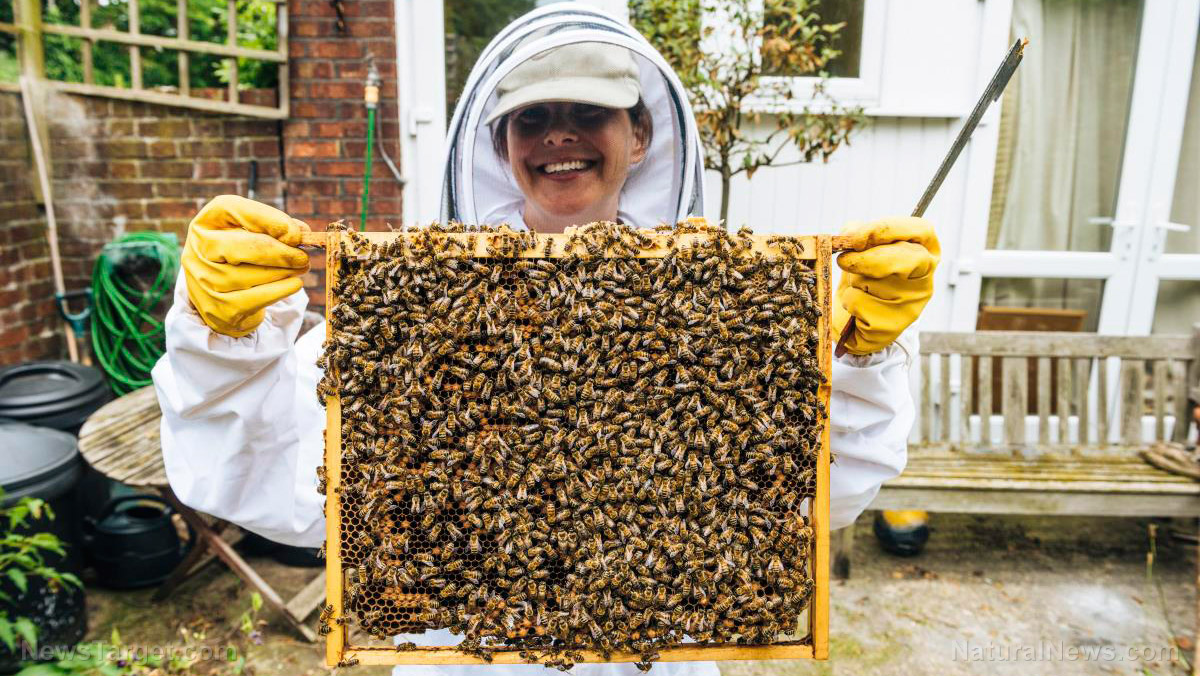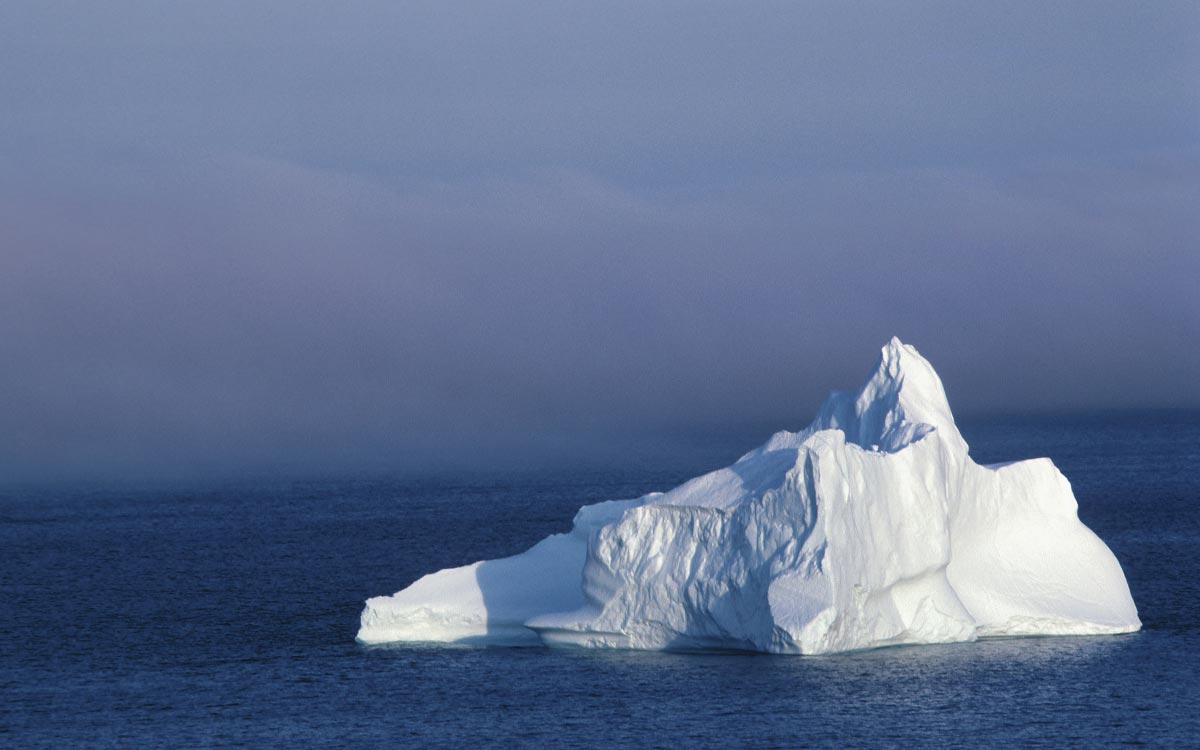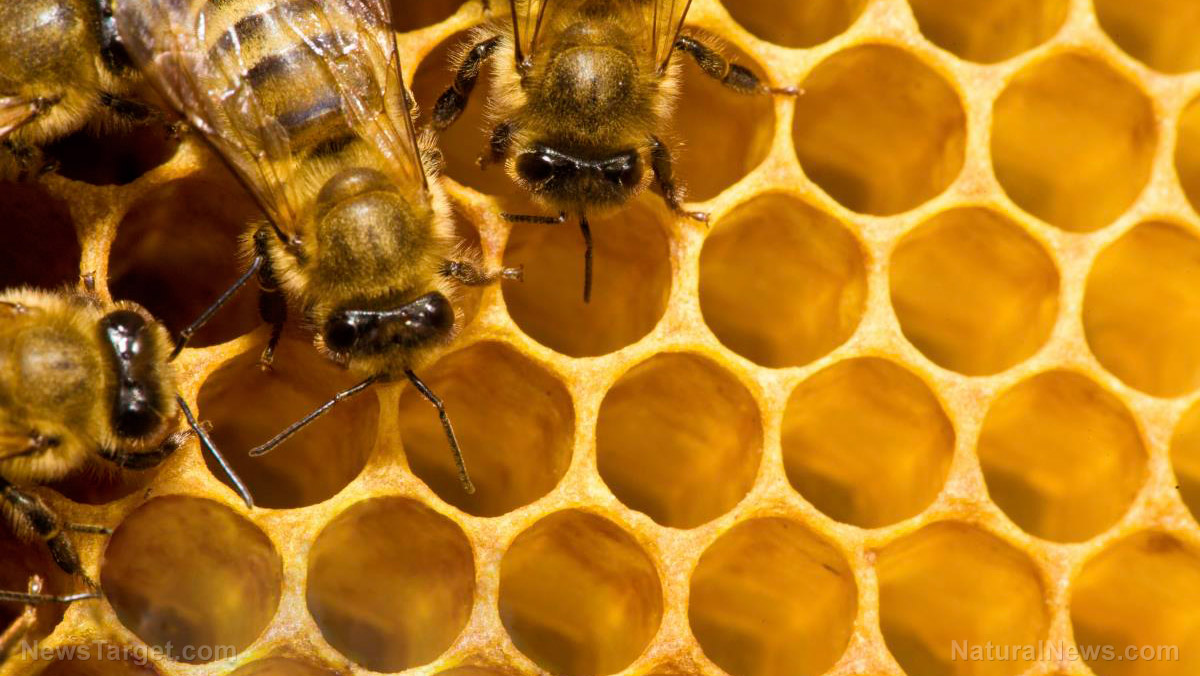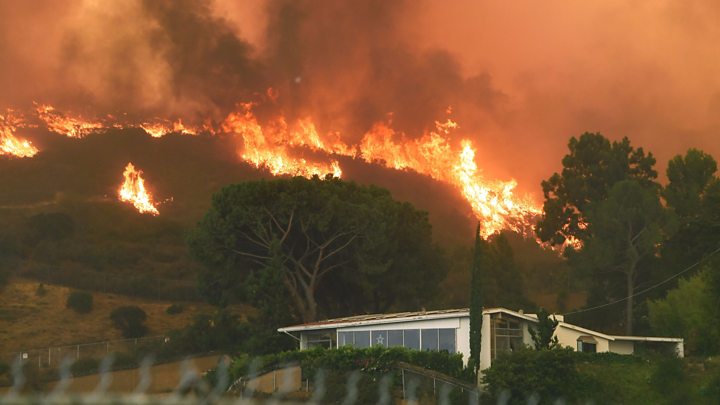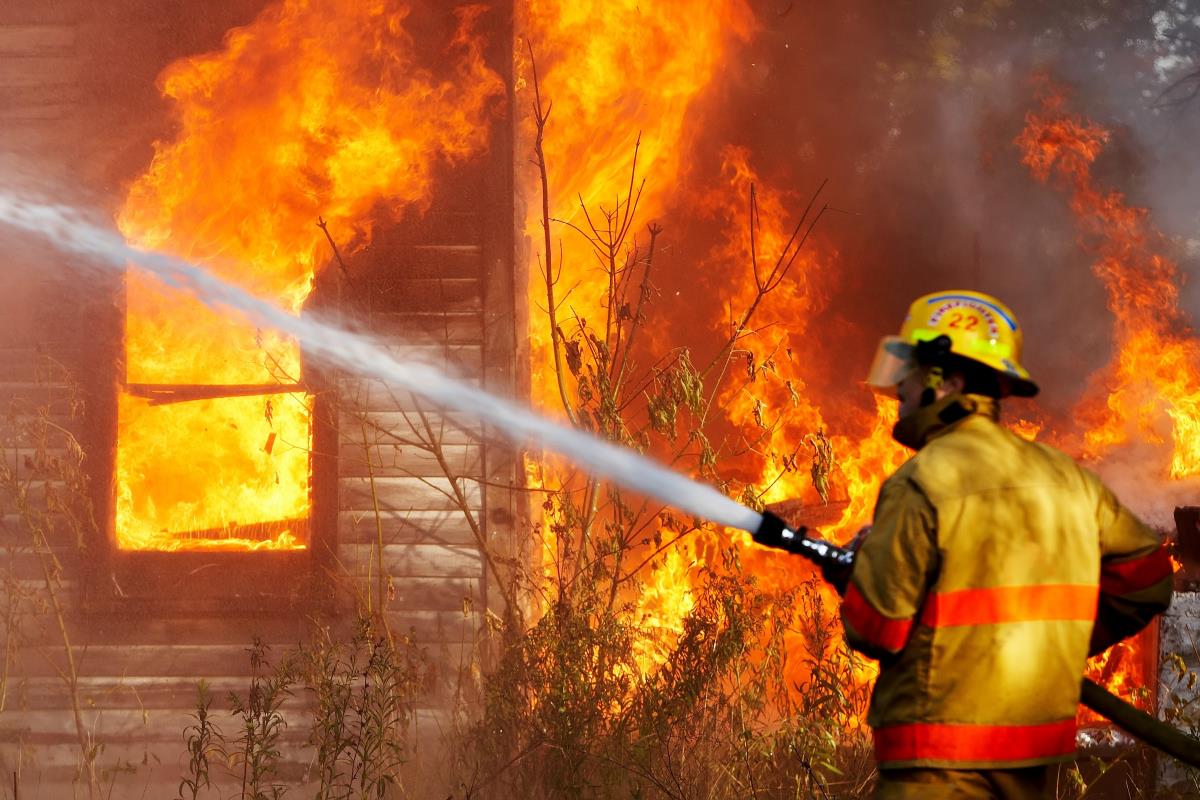Scientists discovered volcanic eruptions, not asteroid impact, triggered climate change 14,500 years ago
08/02/2020 / By Virgilio Marin

Recent findings published in the journal Science Advances refute the claim that the Younger Dryas — a period of abrupt cooling in the Northern Hemisphere — was caused by a meteorite impact.
Instead, the study shows that debris from intense volcanic eruptions in the Northern Hemisphere blanketed the atmosphere, deflecting sunlight and cooling Earth.
The researchers were reluctant to accept their findings at first. But they realized that there was no logical explanation other than the eruptions.
“I was skeptical. We took every avenue we could to come up with an alternative explanation or even avoid this conclusion,” said co-author Alan Brandon of the University of Houston.
Competing theory for Earth’s cooling
The Younger Dryas is one of the well-known instances of abrupt climate change. It occurred about 14,500 years ago, interrupting Earth’s transition to a warmer climate. In particular, it caused temperatures in the Northern Hemisphere to drop and affected the fauna and burgeoning human populations in the region.
There are a handful of theories explaining what caused the abrupt cooling. One of them, the Impact Hypothesis, proposes that a big meteorite hit Earth and spurred events that led to a colder climate. As a result, ice sheets were disrupted and freshwater is released into the North Atlantic Ocean, affecting the thermohaline circulation that brings heat up north. The impact also led to widespread wildfires that unleashed a thick blanket of smoke in the atmosphere, which decreased incoming sunlight.
A study recently claimed to have found evidence supporting this theory. Researchers took sediment samples from beneath a lake in South Carolina, taken from that layer of Earth corresponding to the Younger Dryas period. They found anomalously large amounts of platinum, which is found in meteorites, as well as an increase in soot and a decrease in fungal spores.
Despite their findings, however, they were not able to pinpoint a cause for the presence of these substances.
“While my colleagues and I can show that the platinum and soot anomalies and fungal spore decline all happened at the same time, we cannot prove a cause,” wrote one of the study authors in a statement.
Geochemical signatures point to volcanic eruptions
On the other hand, the present study shows evidence that volcanic eruptions, rather than an extraterrestrial impact, triggered the Younger Dryas cooling.
The researchers took soil samples from Hall’s Cave in the Texas Hill Country and found traces of rare elements, including platinum, iridium, palladium, osmium, ruthenium and rhenium.
They said that the amounts of these metals don’t seem right if they did come from a meteorite impact.
Indeed, upon further analysis, geosignatures seem to point to a volcanic origin of the Younger Dryas. For example, the signature from the osmium isotope analysis and the relative proportion of the elements corresponded with what was previously reported in volcanic glass.
The team posited that the eruptions likely occurred in volcanoes in the Aleutians, Cascades and even Europe. Such eruptions spewed enough particles into the atmosphere and blocked substantial levels of sunlight from reaching the surface. (Related: New study overturns classic ideas about volcanic eruptions.)
They added that volcanic eruptions were not the lone trigger for the Younger Dryas, which lasted for around 1,200 years. A single event does not seem to be a logical cause for an abrupt, relatively long period of cooling. They estimated that a volcanic blast can only accommodate a period of global cooling for one to five years, depending on the time frame and scale of the eruption.
Instead, other phenomena such as the cooling of the oceans and an increase in snow cover combined with volcanic eruptions ensured the continued cooling in the Northern Hemisphere.
With these findings, the researchers add to the evidence in support of an Earth-bound explanation for the Younger Dryas. Additionally, insights from their study can guide scientists in developing models for past and future climate change.
Learn more about Earth’s history of climate fluctuations at ClimateScienceNews.com.
Sources include:
Tagged Under: asteroid impact, cause of climate change, climate change, climate science, eruptions, Global Cooling, ice age, impact hypothesis, meteorite impact, natural disaster, radiation, theory, volcanic eruption, volcano, volcanoes
RECENT NEWS & ARTICLES
COPYRIGHT © 2017 CLIMATE SCIENCE NEWS






